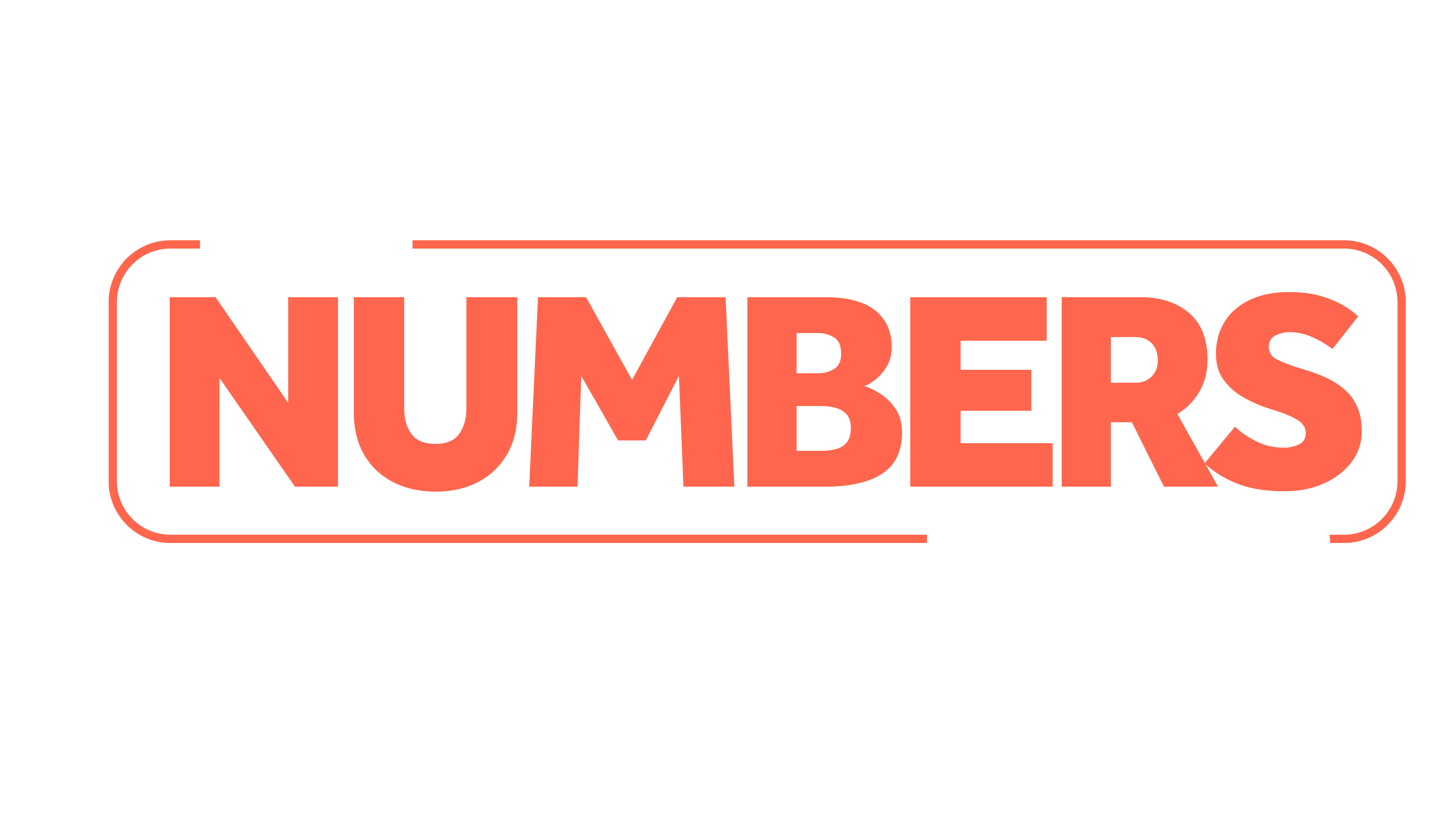The Numbers Behind: The Super Bowl
The Super Bowl has always been popular. Even the first few Super Bowl’s attracted an average of about 40 million viewers. Today, it is known as the most viewed event of the year, averaging over 100 million viewers. The Super Bowl is seen as a cultural and social event as much as it is a fan-based event. Compare the NFC and AFC championship games in 2018 to the Super Bowl. The NFC Championship game had 42 million viewers and the AFC Championship had 44 million viewers. The Super Bowl had a whopping 106 million viewers that year. In one game the viewership counts over doubles.
3 TV networks, NBC, CBS and Fox, pay the NFL a total of around $3 billion annually to have rights to several NFL games including rotating rights to the Super Bowl. The networks are likely losing money in years they don’t get the Super Bowl, but having the event just once every 3 years makes the deal worth it. It is not often that a company can advertise to over 100 million people all at once, and the networks know this. A 30-second commercial during the Super Bowl costs $5.25 million. That is $175,000 a second and at 100 million viewers that’s around 19 cents per person. Last year the average Thursday Night Football game was viewed by 15 million people with 30-second ads around $500,000 which comes out to 3 cents a view. You’re betting on the fact that your ad is going to go viral and will be viewed millions more times on Youtube and other social media platforms. It is interesting to note that the number of commercials has stayed relatively the same since 2003 to present day in the number of commercials, changing from starting at 83 in 2003 and ending at 86 in 2018, however, the time dedicated to commercials has risen over 25%, from 2435 seconds of commercial time in 2003, to 3080 seconds of commercial time in 2018.
When it’s a regular football game going into the halftime break causes many viewers to change the channel, but the Super Bowl halftime show is its peak viewership for the event.The Super Bowl halftime show consistently has the biggest names in music all AT NO COST TO THE NFL. Artists continue to take the gig at the Super Bowl for free because of the massive exposure and to be part of an exclusive club.
Consumer spending for the Super Bowl is more than the NFL’s revenue for the entire year, around $15 billion. Let me say that again. The NFL, who has tens of millions of fans all around the world, makes less in revenue than consumers spend for just this one game.
The Super Bowl is a great way for a city to get exposure and generate local revenue but it might not be worth the cost of admission. One way to basically guarantee the NFL will pick you to be the host city is to build a new stadium. All 7 of the NFL stadiums built in the last 12 years have already hosted a Super Bowl, but building a new stadium is becoming more expensive. The last 3 stadiums built cost an average of $1.3 billion and an average of $400 million in taxpayer money. Many economists estimate hosting a Super Bowl is somewhere between $50-130 million in net economic impact. In addition to those costs, the NFL has a plethora, yes a plethora, of other requirements that Super Bowl bidding cities must adhere to are listed in the 153-page bid book.
The New York Times says:
“The bid book shows the host city must provide the N.F.L. with 35,000 parking spaces, thousands of hotel rooms, hundreds of buses and limousines, billboards, security, food and an exemption on paying all sales taxes, among hundreds of other specifications. The phrase “at no cost to the N.F.L.” appears in the book 65 times.”
Especially when the taxpayer spend is factored in, the short-term benefit of hosting a Super Bowl is much smaller than most believe.
Regardless of the viewers at this year’s Super Bowl, the NFL has already made most of its money. The contract with the networks runs through 2022. The buzz likely generates spikes in sales for NFL merchandise but for the NFL, the Super Bowl is mostly about mitigating expense by passing it to the host city in exchange for over 100 million eyes on their city.
